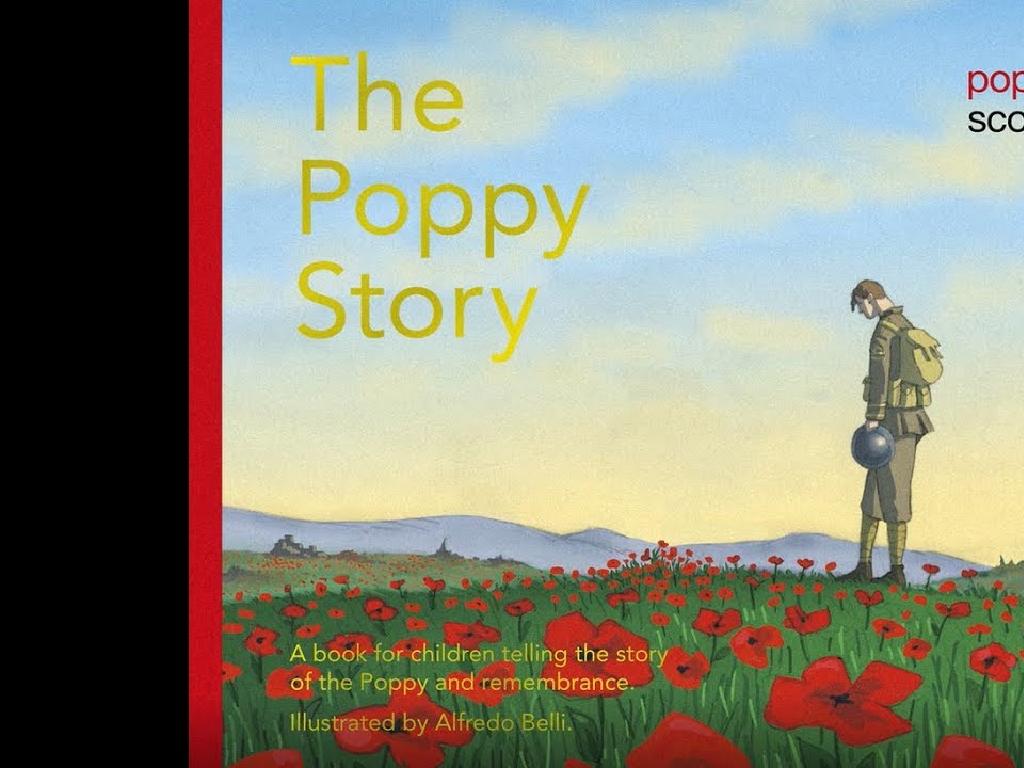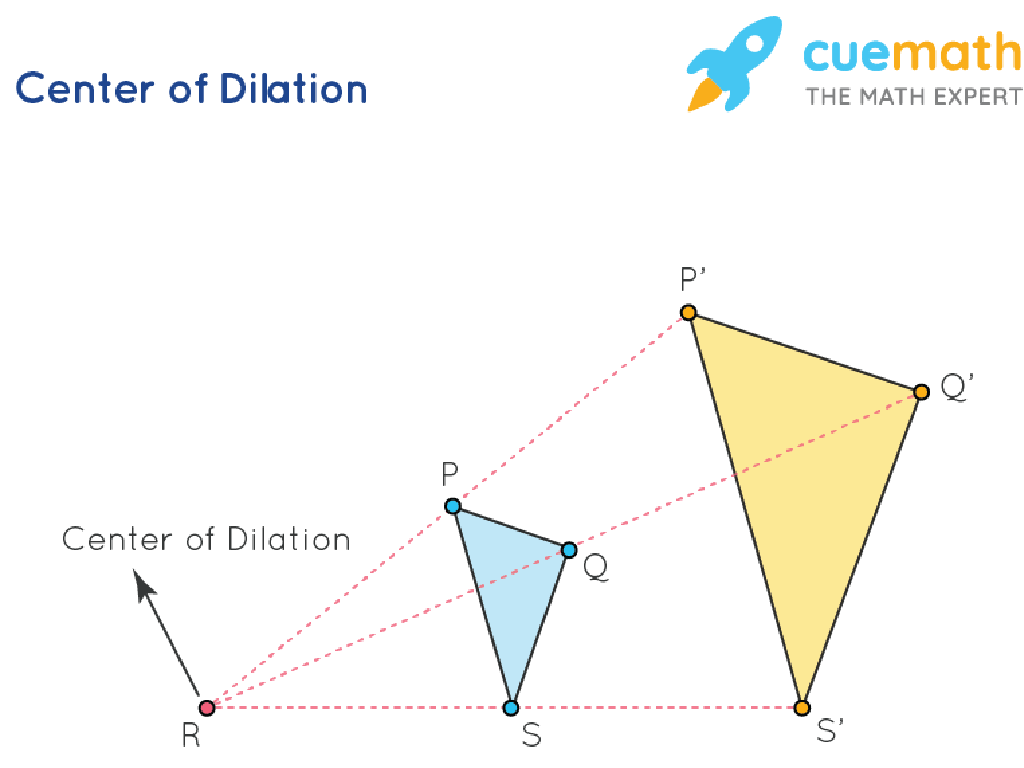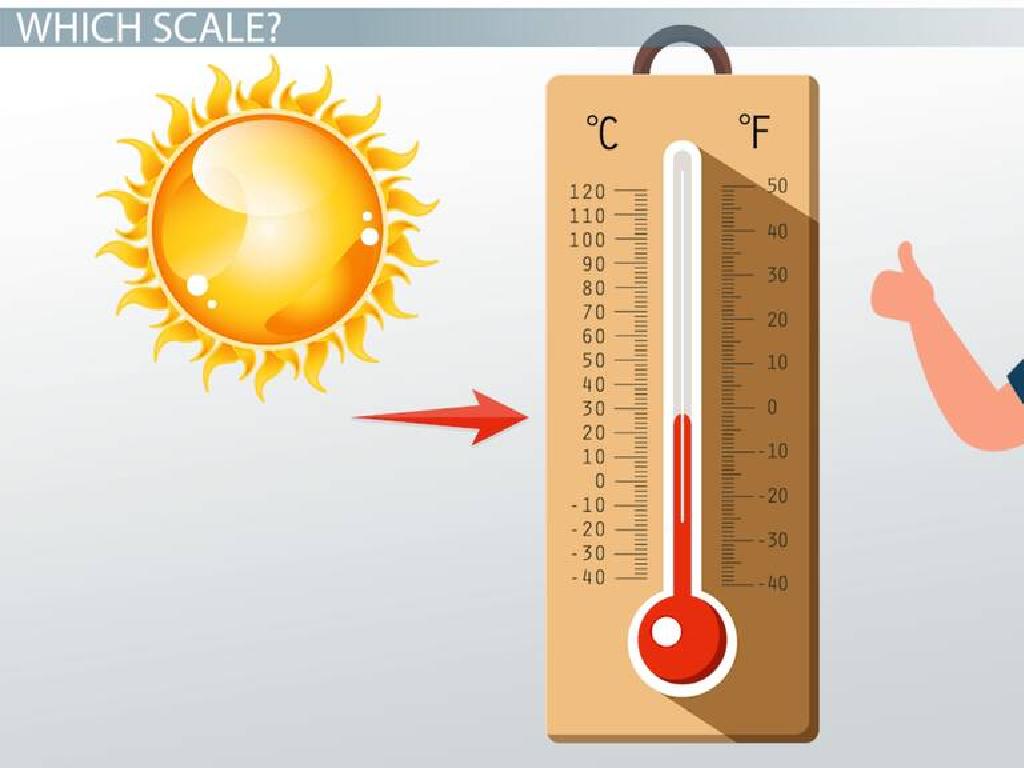Order Alphabetically Based On The First Two Letters
Subject: Language arts
Grade: Third grade
Topic: Reference Skills
Please LOG IN to download the presentation. Access is available to registered users only.
View More Content
Today’s Adventure: Ordering Words Alphabetically!
– Learn to sort words like ABCs
– Just like the song, we place words in ABC order
– Alphabetical order is a super skill
– It’s important for reading and writing
– It helps us find words quickly
– Like looking up a word in the dictionary
– Makes our writing neat and organized
– Our stories are easier to read and look better
|
This slide introduces the concept of alphabetical order to third-grade students, emphasizing its importance in both reading and writing. Begin by comparing alphabetical order to the ABC song to make it relatable. Explain how this skill is useful for quickly finding words in a dictionary or a list. Discuss how using alphabetical order can make their writing more organized and easier for others to read. Encourage students to think of times when they have used alphabetical order in real life, like when looking up a book title in the library. Provide examples of words and practice sorting them together as a class.
Understanding Alphabetical Order
– What is alphabetical order?
– It’s arranging words by the alphabet, like ABC.
– Alphabetical order is like a contact list
– Imagine looking for a name in your phone to call a friend.
– Starting with the first letter
– If two words start with the same letter, look at the second letter.
– Practice with examples
– Let’s alphabetize words like ‘apple’, ‘banana’, ‘cherry’.
|
This slide introduces the concept of alphabetical order to third-grade students. Begin by explaining that alphabetical order is a way to organize words by the letters of the alphabet, just like the ABC song they know. Relate it to finding a friend’s name in a contact list on a phone, which is sorted from A to Z. Emphasize that they should start with the first letter of each word, and if those are the same, then they look at the second letter, and so on. Provide examples using common fruits or items they are familiar with and encourage them to practice this skill by organizing a list of words. This will help them with looking up words in a dictionary or finding a book in the library.
Alphabetical Order: First Letter Fun!
– Understanding first letters
– ‘Apple’ vs ‘Banana’: Which is first?
– ‘A’ for ‘Apple’ comes before ‘B’ for ‘Banana’
– Class sorting activity
– Organize: ‘Cat’, ‘Ant’, ‘Dog’, ‘Elephant’
– Put words in order based on the first letter
|
This slide introduces the concept of alphabetical order based on the first letter of words, a fundamental reference skill for third graders. Start by discussing the alphabet and the importance of the first letter in determining order. Use simple examples like ‘Apple’ and ‘Banana’ to illustrate the concept. For the class activity, provide students with the words ‘Cat’, ‘Ant’, ‘Dog’, ‘Elephant’ and ask them to arrange these words in alphabetical order. This hands-on activity will help reinforce their understanding. Encourage students to explain their reasoning for the order they choose. Possible variations of the activity could include sorting a list of their classmates’ names, animals, or favorite foods.
Alphabetical Order: When Words Start with the Same Letter
– Look at the second letter
– ‘Car’ vs ‘Cat’
– ‘Car’ comes before ‘Cat’ because ‘a’ is before ‘t’
– Practice ordering: ‘Ball’, ‘Bat’, ‘Bag’
– Which is first? ‘Ball’, ‘Bat’, or ‘Bag’?
– Understanding alphabetical order
|
This slide is aimed at teaching students how to order words alphabetically when they start with the same letter. Emphasize the importance of looking at the second letter to determine the correct order. Use the examples provided to illustrate the concept. For the practice activity, guide the students through the process of ordering the words ‘Ball’, ‘Bat’, and ‘Bag’. Encourage them to say the alphabet out loud and use their fingers to track the letters if needed. This will help them understand that ‘Bag’ comes before ‘Ball’, which comes before ‘Bat’. Reinforce the concept by asking students to come up with additional words that start with the same letter and practice ordering them as a class.
Alphabetical Order: First Two Letters
– How to order words alphabetically
– Use the first two letters to sort words correctly
– ‘ea’ in ‘Read’ comes before ‘oa’ in ‘Roam’
– Example: ‘Ant’ is before ‘Art’ because ‘nt’ comes before ‘rt’
– Practice with a fun game
– We’ll play a game to learn this in a fun way
|
This slide introduces the concept of alphabetical order focusing on the first two letters of words. Explain that just like numbers have an order, letters do too, and this helps us sort words in a dictionary or a list. Use examples to show how the first two letters determine a word’s position relative to others. For the game, prepare a set of word cards and have students arrange them in alphabetical order. You can make this a team activity to encourage collaboration. This interactive approach helps solidify the concept and makes learning engaging for third graders.
Let’s Play a Sorting Game!
– I’ll provide a list of words
– Focus on the first two letters
– The first two letters determine the order
– Get ready to sort them out
– Let’s see who can sort the fastest!
– A fun challenge to test your sorting skills
|
This slide introduces a fun and interactive sorting game to help students understand alphabetical order based on the first two letters of words. It’s crucial to emphasize the importance of not just the first letter but also the second letter in determining the order. Provide a list of words to the class and have them sort the words as quickly as they can. This activity will reinforce their reference skills and understanding of alphabetical order. For the teacher: Prepare a list of words with varying first and second letters to ensure a challenging game. Consider timing the activity and rewarding the fastest sorters to encourage participation and engagement.
Alphabetical Order in Everyday Life
– Alphabetical order usage
– Used in libraries, directories, etc.
– Library book sorting
– Books are arranged A to Z by title or author
– Organizational benefits
– Helps keep items tidy and systematic
– Speed up searches
– Find names or words faster
|
This slide aims to show students how alphabetical order is a practical skill used in everyday life, not just an academic exercise. Emphasize that understanding how to order words alphabetically by the first two letters can make many tasks easier, such as finding a book in the library or a contact in a phone directory. Explain that this system of organization is widely used because it provides a consistent method for arranging information, which makes it quicker and easier to find what we’re looking for. Encourage students to think of other areas where they have seen alphabetical order in use and to practice this skill by organizing their own books or creating a mock directory.
Class Activity: Alphabetize Your Words
– Be the teacher: make a 5-word list
– Order your words alphabetically
– Use the first two letters to sort
– Share with a classmate
– Explain how you sorted them
– Tell why one word comes before another
|
In this activity, students will practice their alphabetical ordering skills by creating their own list of words. They will then exchange lists with a partner to discuss the order they chose. This exercise helps reinforce the concept of alphabetical order based on the first two letters of each word. For the teacher: Prepare a few examples to demonstrate the activity. Monitor the class as they work, offering help as needed. Possible variations of the activity could include using words from a recent lesson, words with a specific theme, or challenging students to find and order words from a book they are reading.
Alphabetical Order: Conclusion and Review
– Congratulations on learning alphabetical order!
– First two letters are key to sorting
– For example, ‘apple’ comes before ‘apron’ because ‘l’ is before ‘r’
– Practice sorting words regularly
– Keep practicing at home for mastery
– Try sorting your favorite books or toys by name
|
This slide wraps up our lesson on alphabetical order. Reinforce the importance of the first two letters when sorting words, as they determine the word’s position in a list. Encourage students to continue practicing this skill outside of the classroom by sorting various items they encounter in their daily lives, such as books, toys, or even items on a grocery list. Regular practice will help solidify their understanding and make alphabetical sorting second nature. Celebrate their progress and remind them that with continued practice, they’ll become even better at organizing words alphabetically.
Homework Challenge: Alphabetical Order
– Find 10 items at home
– Write them down on a list
– Arrange the list alphabetically
– Sort items by the first two letters
– Share your method in class
– Did you use the ABC song to help?
|
This homework task is designed to help students practice their alphabetical ordering skills, which is a key reference skill in language arts. Students are to find 10 items around their home, which encourages them to think about everyday objects in an educational context. They will then write these items down, providing practice in spelling and penmanship. The main task is to arrange these items in alphabetical order based on the first two letters, reinforcing their understanding of the alphabet. In the next class, students will share their methods for ordering the list, allowing them to learn from each other’s strategies. Teachers should prepare to discuss different techniques for alphabetizing and to praise the efforts of all students, regardless of the method they used.





